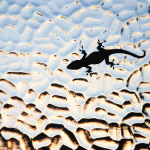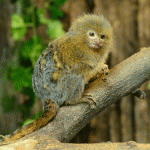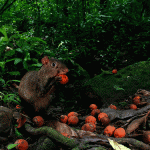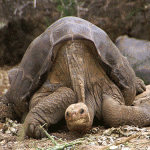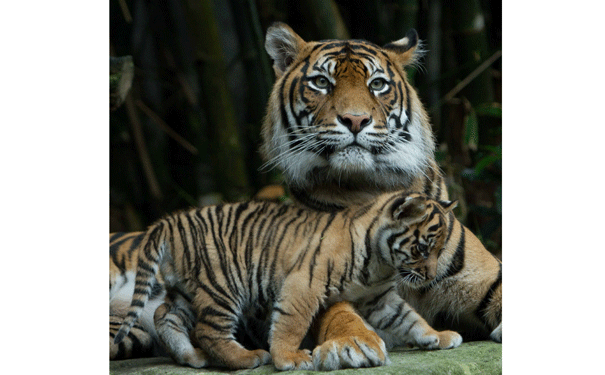
Jumilah with one of her cubs. Image: Rick Stevens/Taronga
Female tiger is seeking a mate. Must be genetically unrelated, calm, confident and not unduly aggressive. Preferably reared by his parents.
To find Sumatran tiger Jumilah her Mr Right, Taronga Zoo’s senior curator Erna Walraven went online and consulted an international database, which is maintained by 600 zoos worldwide. These online studbooks contain the genetic histories of over two million animals and, just like the digital dating services that match humans, enable the curators to create a shortlist of potential partners for their animals.
Once a shortlist has been created, the potential couples are tested using PM2000, a software program that allows the curators to simulate possible matings.
“I can actually choose to do pretend matings with an animal held in Amsterdam with an animal in Sydney.” But even if the match seems perfect on the computer, Ms Walraven says a good curator would still do the right checks.
The candidates not only need to be healthy and attractive, they must also be good parents, so the curators need to know how they act within a social group. Ms Walraven corresponds with the chosen animal’s zoo to find out whether the candidate had been reared by their parents or the keepers, and enquires about their health, behaviour and veterinary records to decide whether the animal will make a good role model for future offspring.
Some females, including cheetahs, are extremely picky and prefer to make the final decisions themselves to ensure they are choosing the best possible option. “You can’t just introduce a male cheetah to a female cheetah and expect success,” Ms Walraven says.
The answer? Let them make a comparison. The best results come from allowing several females to choose their partners from three or four males, possibly resulting in more attention for one particular male if the females like what they see.
“That’s what they do in the wild and that is what seems to work best in zoos,” Ms Walraven says. “Where possible we always mimic the conditions or behaviours shown in the wild.”
However, if you’re a member of an endangered species, finding the perfect mate isn’t just about sex. Zoos aim to retain 90 per cent of the genetic diversity found in an endangered species population living in the wild, over a period of 100 years, and the online studbooks allow the curators to accurately predict the genetic diversity of any offspring.
Taronga Zoo staff eventually matched Jumilah with Satu, a young male Sumatran tiger from Germany. Once Satu arrived, Taronga’s Sumatran tiger keeper Megan Lewis set about planning the introduction — a risky business as Sumatran tigers aren’t very sociable and only come together to mate (continued on page 2).

